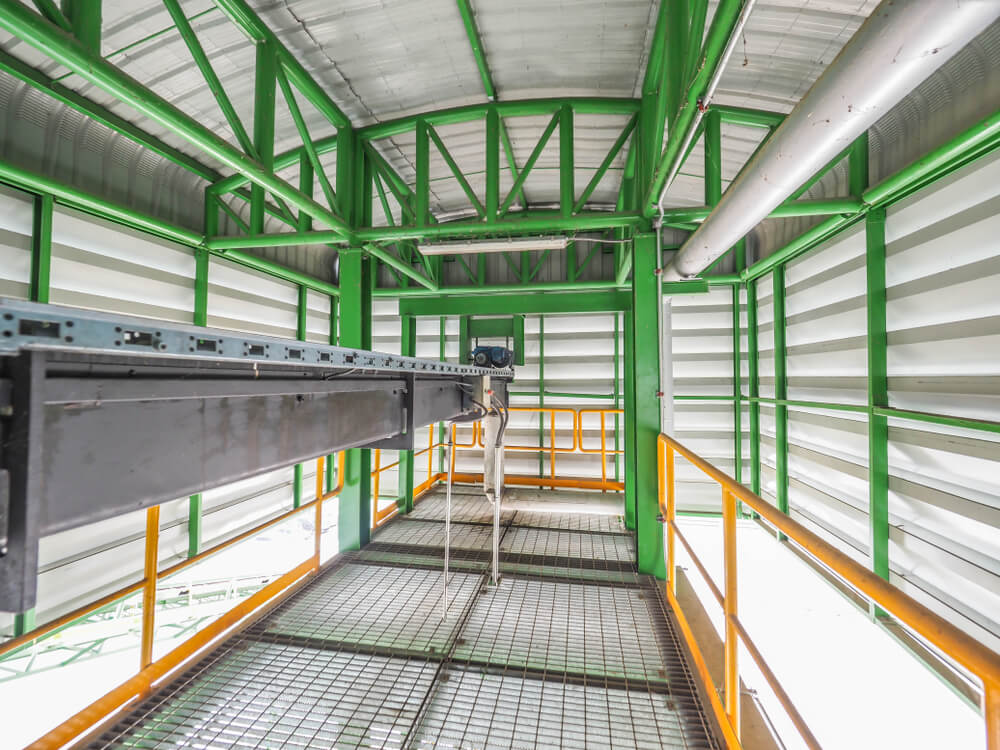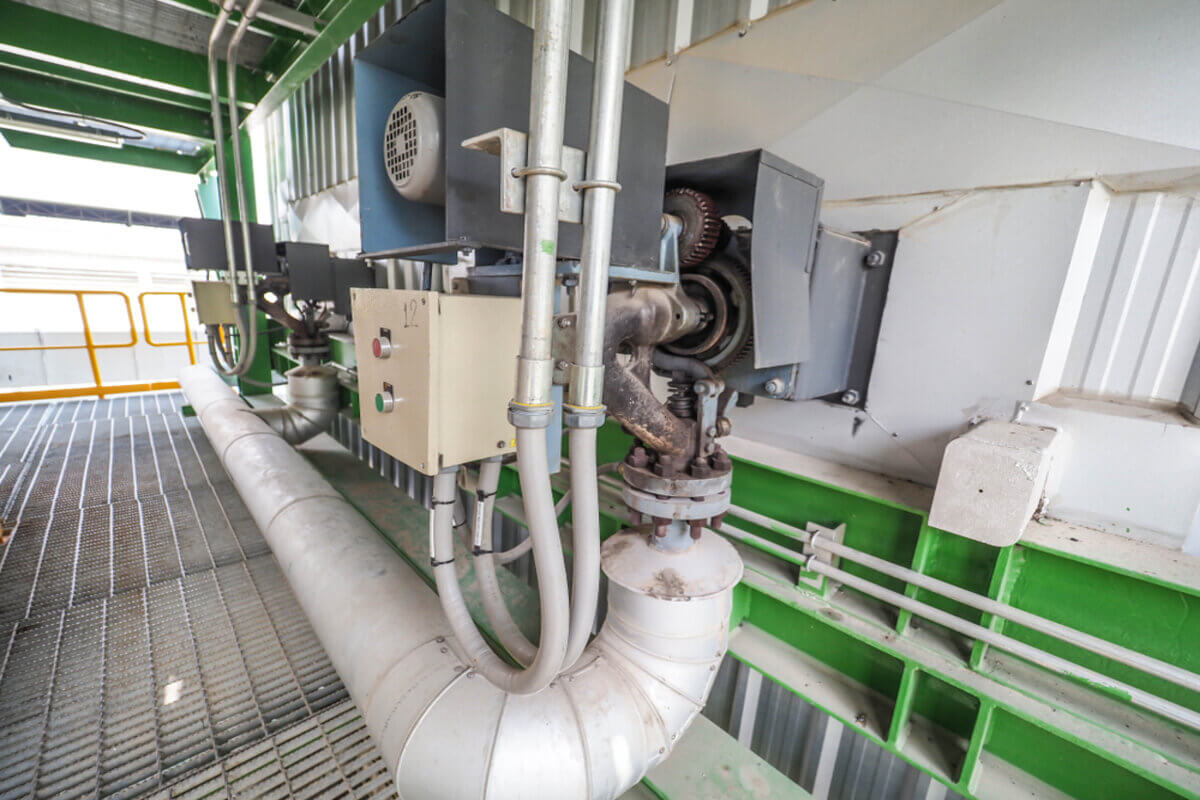Soot buildup is a common challenge faced by industrial facilities, particularly in the context of steam boilers and furnaces. As combustion byproducts accumulate on equipment surfaces, they can significantly impair efficiency, create fire hazards, and even lead to equipment damage if left unchecked. To combat this issue, industrial operators rely on specialized equipment known as soot blowers. These versatile devices utilize compressed air, steam, or a combination of both to dislodge and remove stubborn soot deposits, ensuring optimal performance and safety across a range of industrial applications.
Types of Soot Blowers
To address the diverse needs of industrial facilities, a range of soot blower designs have been developed, each with its own unique capabilities and applications. Let’s explore the various types of soot blowers and their respective advantages:
Rotary Soot Blowers
Rotary soot blowers are among the most widely used types of soot blowers in industrial settings. These devices feature a rotating head that is equipped with multiple nozzles, allowing them to effectively dislodge and remove soot from a large surface area within the boiler or furnace. Rotary soot blowers are available in both electric and pneumatic models, with the electric variants generally being more powerful and quieter in operation.
One of the key advantages of rotary soot blowers is their ability to clean a significant portion of the equipment without the need for frequent retraction or repositioning. This makes them well-suited for applications where accessibility is limited or where continuous operation is required.
Additionally, the rotating motion of the blower head helps to ensure even coverage, maximizing the efficiency of the soot removal process.
Air Heater Soot Blowers
Air heater soot blowers are specifically designed to address the unique challenges posed by soot buildup in air preheaters, a critical component of many industrial boiler and furnace systems. Over time, the combination of moisture and combustion byproducts can lead to the formation of fine-grained deposits on the heat transfer surfaces of the air preheater, reducing its efficiency and potentially causing operational issues.
Air heater soot blowers, which can be either electrically or gas-fired, utilize high-temperature air or steam to effectively dislodge and remove these stubborn deposits. These devices typically feature either retractable blowers or nozzles mounted on swinging arms, allowing them to cover a wide area of the air preheater surface. By keeping the air preheater clean and free of soot, air heater soot blowers help to maintain optimal heat transfer and system efficiency.
Wall Soot Blowers
Wall soot blowers represent a more basic yet versatile type of soot blower. These devices are mounted directly on the wall of the industrial facility, with a short nozzle that can extend into the boiler or furnace to deliver a concentrated blast of compressed air or steam. While wall soot blowers may not have the same level of coverage as their rotary or retractable counterparts, they excel in applications where space is limited or where high-temperature environments preclude the use of more complex equipment.
One of the key advantages of wall soot blowers is their relatively simple design, which makes them easier to install and maintain compared to more sophisticated soot blower systems. Additionally, the fact that the nozzle retracts when not in use helps to protect it from the harsh conditions within the industrial boiler or furnace, extending the overall lifespan of the equipment.
Long Retractable Soot Blowers (LRSB)
Long retractable soot blowers, also known as “lance tube soot blowers,” represent a more advanced solution for large-scale industrial applications. These devices feature a long, retractable nozzle or “lance” that can extend deep into the boiler or furnace, allowing for comprehensive coverage of the entire equipment surface.
The primary benefit of LRSB systems is their ability to clean a significantly larger area with a single device, reducing the overall number of soot blowers required and simplifying the system’s design. Additionally, the retractable nature of the lance allows it to be safely withdrawn from high-temperature areas, enhancing the longevity and reliability of the equipment.
However, the complexity of LRSB systems also means that they tend to be more expensive and require specialized training for proper installation and operation. Nonetheless, for industrial facilities with expansive boilers or furnaces, LRSB can be a highly effective solution for maintaining optimal equipment performance and efficiency.
Selecting the Right Soot Blower for Your Needs
 When it comes to choosing the appropriate soot blower for your industrial application, several factors must be considered. These include the size and configuration of your equipment, the specific soot-related challenges you are facing, the available space and accessibility within your facility, and your overall budget and maintenance requirements. By carefully evaluating these variables, you can work with experienced soot blower manufacturers and suppliers to identify the optimal solution for your needs. For more information on the types of soot blowers and their uses, contact Lindberg Process Equipment today.
When it comes to choosing the appropriate soot blower for your industrial application, several factors must be considered. These include the size and configuration of your equipment, the specific soot-related challenges you are facing, the available space and accessibility within your facility, and your overall budget and maintenance requirements. By carefully evaluating these variables, you can work with experienced soot blower manufacturers and suppliers to identify the optimal solution for your needs. For more information on the types of soot blowers and their uses, contact Lindberg Process Equipment today.





